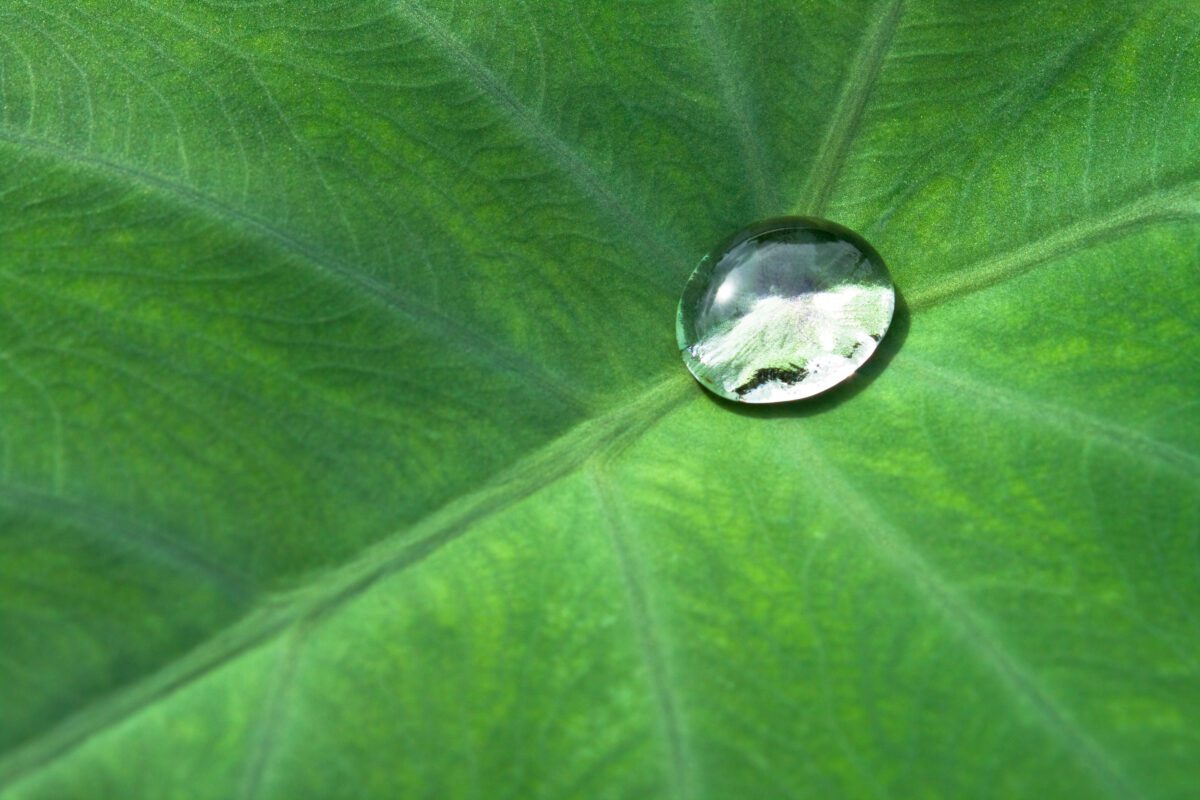Aim, materials and methods – NRU – POLYSOL®PGA
Aim
The NRU is studied to test the safety assessment of use of cosmetic finished products, through testing in vitro the cytotoxicity of different concentrations of cosmetics in cell models consisting of human fibroblasts, for to assess quantitatively the effects of the test materials on cell survival through the NRU (Neutral Red Uptake) assay .
“In vitro” evaluation of the eye irritation potential of cosmetic products The RNU assay is based on the cell ability to incorporate and bind the Neutral Red, a vital dye.
Materials
In vitro test system employed consist of: human fibroblast in monolayer cultures.
Cell medium: Modified Dulbecco (D-MEM) (BioWitthaker Europe) added with 10% fetal bovine serum (SFB), 1% L – glutamine and 1% penicillin – streptomycin (pen – strep) or RPMI 1640 added with 10% of fetal bovine serum (SFB) without complement, 1% of L – glutamine and 1% of penicillin – streptomycin (pen – strep).
Cell solution: Phosphate Buffer Saline (PBS) PBS saline solution
Tris-buffer (TBS) (25 mM Tris): dissolve 8 g of NaCl, 0.2 g of KCl, 3 g of Tris base in 800 ml of distilled H2O. It is brought to pH 7.4 by adding HCl. Distilled H2O is added up to 1 liter. The solution is divided into aliquots and sterilized in an autoclave at 121 ° C for 20 – 30 min. It is kept at room temperature.
The RN is a week cationic dye that penetrate the cell membrane through a mechanism of non ionic diffusion and that is accumulated in the lysosomes, on matrix anionic sites. Cell and lysosome membrane alterations cause lysosomes fragility and gradual irreversible changes in the cells. These changes induced by xenobiotics determinate the decreasing of RN uptake and lysosome linking. Alive, damaged and dead cells can be discriminated with this method. Cells are incubated with scalar concentrations of the products and with the Neutral Red solution (NR). If the membrane is damaged, it release dye in the medium.
Methods
These cells multiply in culture until a cell monolayer is reached. In this study, the cells were seeded in 96-well plates and semi-confluency (20.000 cells/well) was reached in 48 hours. Once a confluence of 60-70% has been reached, fresh medium is added with scalar dilutions of tested product. The sample has been diluted to the final desired concentration in the colture medium.
Non treated cells are used as negative controls. At this stage the cell cultures were treated with different further dilutions of the test compounds (and of the controls). For each dilution, 3 replica were performed. At the end of the 24 h exposure period, a cytotoxicity assay was performed: the NRU assay, which measures the toxic impact on the cellular energy system (mitochondria). The cell cultures treated with a reference substance (sodium lauryl sulfate) is considered as a positive control. The plates are then incubated for 2 h with a medium containing neutral red. The cells are subsequently washed, the dye is extracted in each well and the absorbance is read using a spectrophotometer.

